
By Amelia Perrin, Communications Associate American Wild Horse Campaign. Amelia Perrin is a life long equestrian who specializes in the communications and science programs at the American Wild Horse Campaign. Her focus is public education, increasing awareness about the plight of wild horses and advancing technology for their humane management in the wild. She lives in Northern California with her dog, Safi, and her horse Cobalt.
Photos by American Wild Horse Campaign & Kimerlee Curyl Photography.
Paleontologists say that the horse is North America’s gift to the world. The species evolved here and although it went locally extinct 11,000 years ago, globally the species thrived in Asia and Europe.
When the Spanish explorers brought the horse back to North America in the 1500’s, they were returning a native species to its native habitat. In the centuries since, America’s wild horses (also known as mustangs) have captured the hearts and imagination of people across the world. They are deeply entwined in American history; wars were fought and the West was built on their backs.

America’s mustangs embody the values of the nation they call home: Freedom. Independence. The untamed spirit of the American West. As David Phillips wrote in Wild Horse Country, the mustangs are the ragtag misfits defying all odds, able to not only survive, but actually thrive in the vast unbroken expanse of the West.
At the turn of the 20th century, two million wild horses roamed the West, but by 1971, only 25,000 remained, a result of decades of persecution by “mustangers,” ranchers who brutally rounded up the mustangs and sold them to be slaughtered and turned into dog food to make room for their cattle.

Next year will mark the 50th anniversary of the “Wild Free Roaming Horses and Burros Act, passed unanimously, declaring wild horses to be “living symbols of the historic and pioneer spirit of the West” that “enrich the lives of the American people” and were “fast disappearing from the American scene.” Only one other species has ever received this level of federal protection: the American bald eagle.
Today, 80,000 wild horses (also known as mustangs) and 15,000 wild burros still roam free on 27 million acres of public land in the West, from the Rockies to the Sierras, a high desert habitat that spans ten western States.

An Uncertain Future
While they are protected by federal law, the odds against the mustangs’ continued presence on U.S. public lands have never been steeper. A decades long quest to re-legalize mustang slaughter has been replaced temporarily by a government plan to round up 90,000 wild horses and burros—virtually every one of these animals living free today—from the wild over the next five years. These once wild free-roaming animals will be held captive for life, in holding facilities that will incarcerate up to 10,000 wild horses per facility in vast feedlot pens.
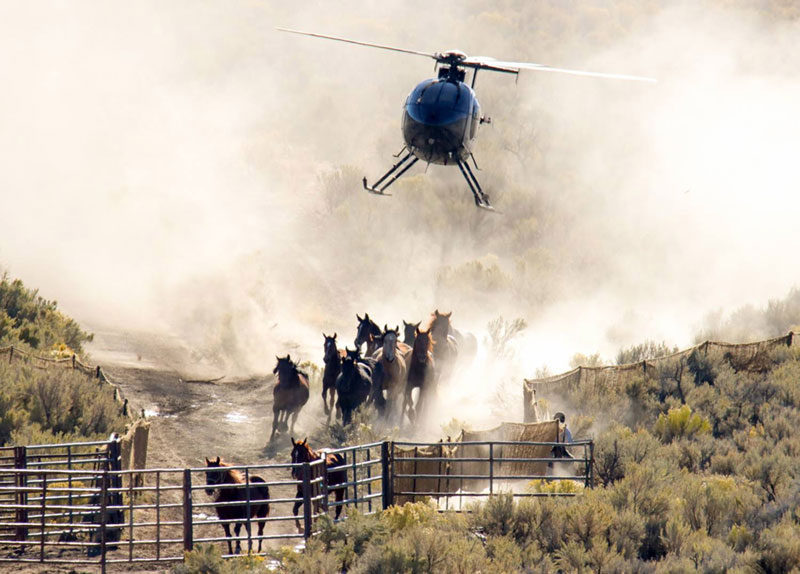
The sheer cost of this plan—$1 billion over the next half decade—means the long term future of these captured mustangs is far from certain. The threat of mass slaughter increases as the costs to warehouse these cherished animals continues to rise.
Americans overwhelmingly support protection of wild horses and burros on public lands, but the powerful livestock industry lobbies for their roundup and and slaughter, viewing the animals as competition for cheap, taxpayer-subsidized grazing on public lands. Privately owned livestock outnumber federally protected wild horses by at least 30-1 on America’s public lands, yet the government seeks to increase this disparity through virtual eradication of iconic mustang and burro herds.
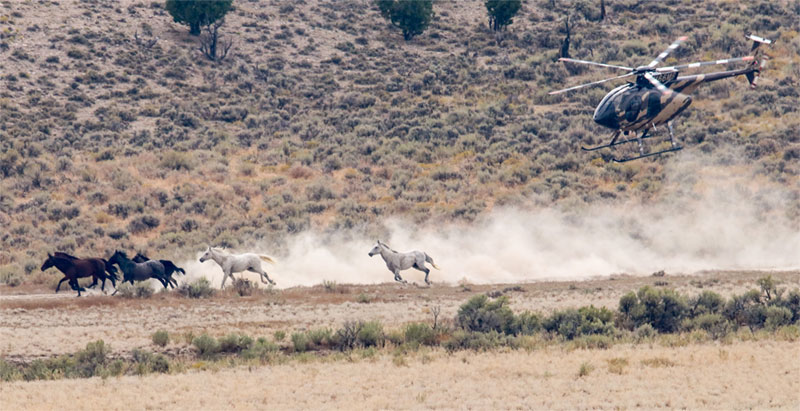
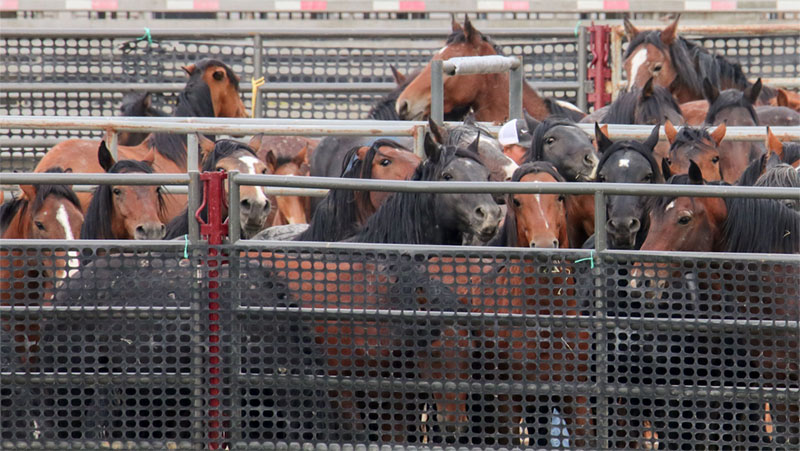
A Better Way to Manage Wild Horses
Saving America’s majestic mustangs and burros means keeping them in the wild humanely managing them on public land set aside as their habitat.
Currently, the U.S. Government’s method of managing wild horses—helicopter roundups—is the most outdated, unscientific and inhumane. Wild horses are chased by helicopter for miles over rugged terrain in extreme weather conditions in stampedes that kill, injure and traumatize wild horses and deprive them of the two things they value most: family and freedom.

The American Wild Horse Campaign (AWHC) is the nation’s leading wild horse protection organization. AWHC’s mission is to preserve this unique American legacy for future generations to enjoy. AWHC is working to change the way the federal government manages wild horses, away from harmful roundups toward humane management of these cherished animals in the wild where they belong.
The group is making a difference every single day.
Its education and advocacy program harnesses the strong public support for wild horses and channels it into real action, while its legislative program is harnessing the power of grassroots. AWHC is also building a firewall of protection around wild horses and burros by a string of legal victories to uphold federal laws protecting them and their public land habitat. And finally, AWHC is changing the paradigm for wild horse advocacy with its humane management and land conservation programs.
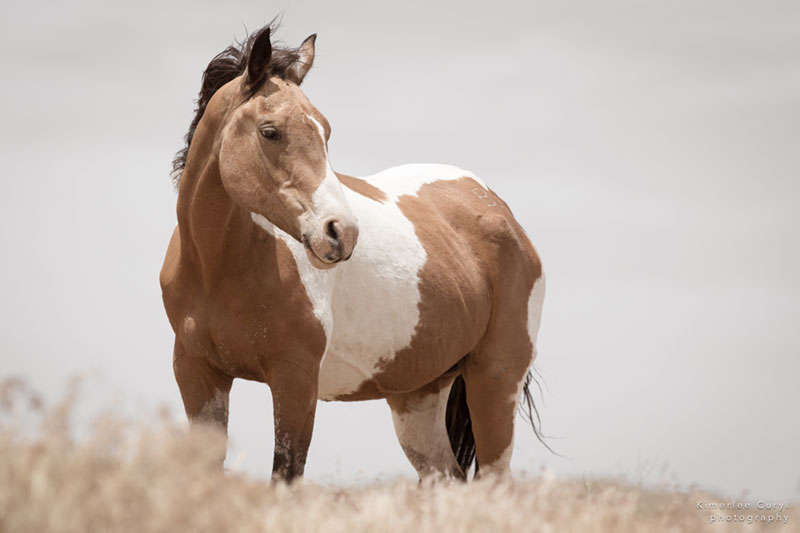
Through its In-the-Wild Program, AWHC operates the largest humane management program for wild horses in the world. Based in Nevada, the program uses a scientifically-proven birth control vaccine to humanely reduce population growth rates in a population of historic mustangs whose habitat is shrinking due to development. The program is a model for managing wild horses in the wild without roundups and removals of horses from the range.
AWHC’s newest program, the American Wild Horse Conservancy Land Trust, is forging a new approach to wild horse protection by focusing on land acquisition, habitat improvement and grazing buyouts to resolve conflicts and keep wild horses and burros wild.

Get Involved in the Fight to Save America’s Mustangs
In the end, the key to saving America’s mustangs is harnessing the power of the people who love them and want them protected. You can help by joining the fight.
1. Support wild horse ecotourism. Seeing wild horses living free, according to the laws of nature not master, in the stunning and vast landscapes of their western habitat is an unforgettable experience. While many wild horses and burros live in remote regions, some of the most iconic herds can be found just outside the metropolitan areas of Salt Lake City, Reno and Las Vegas, as well as in Wyoming on the outskirts of Cody and along the Wild Horse Viewing Loop along Interstate 80 just west of Rock Springs.
2. Follow AWHC on social media (@freewildhorses on Facebook, Twitter and Instagram).
3. Visit AmericanWildHorseCampaign.org to sign up for action alerts and donate to support AWHC’s work.
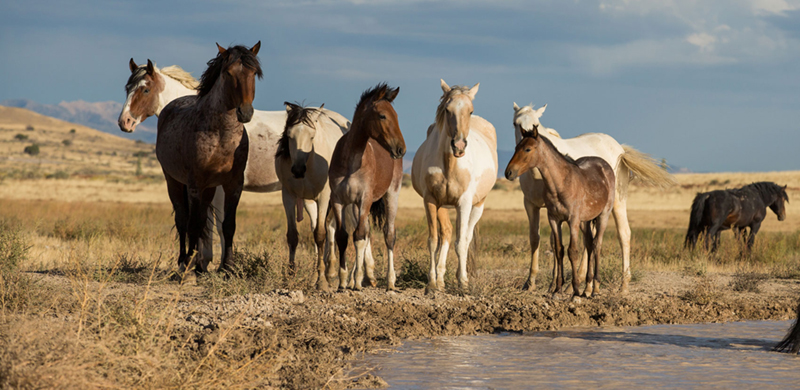
☛ Read more: Posts of Wildlife


